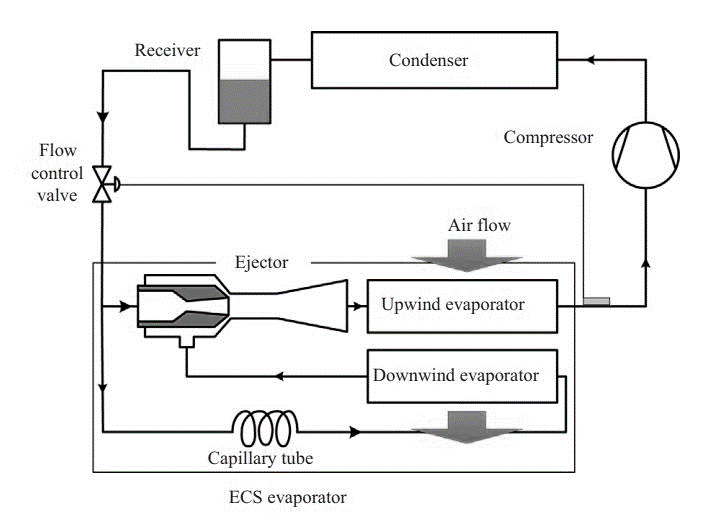Electric Vehicle Battery Thermal Management Systems Current Trends and Future Directions
Abstract
This research abstract presents the current trends and future directions in electric vehicle battery thermal management systems (BTMS). The study highlights that BTMS are crucial for ensuring the safe and efficient operation of electric vehicles, and the temperature management of their batteries is a significant challenge. The study discusses various types of BTMS, including liquid cooling systems, air cooling systems, phase change materials, and active-plus-passive cooling systems. The research shows that liquid cooling systems are widely used in electric vehicles due to their efficiency in heat dissipation and stable temperature range. On the other hand, air cooling systems are more cost-effective, but less efficient in dissipating heat. Phase change materials are identified as materials that absorb and release heat, which can be integrated into the battery pack to provide passive cooling or heating, reducing the load on the active cooling system. Furthermore, the study highlights that active-plus-passive cooling systems are a combination of active and passive cooling systems, which can provide advantages of both.The research also examines the future directions in BTMS, including solid-state batteries, thermal interface materials, AI-assisted BTMS, and wireless charging. Solid-state batteries use solid electrolytes instead of liquid electrolytes, which make them safer and more stable at higher temperatures. Thermal interface materials can improve the efficiency of cooling systems by reducing thermal resistance between the battery cells and the cooling system. AI-assisted BTMS can optimize the performance of BTMS by predicting battery temperature and load conditions, reducing energy consumption and extending battery life. Wireless charging can eliminate the need for physical contact between the EV and the charging station, reducing the risk of overheating due to friction. The future directions in BTMS are focused on improving battery performance, reducing costs, and increasing efficiency. With continued research and development, the technology behind BTMS will continue to evolve, making electric vehicles more accessible and sustainable for everyone.




